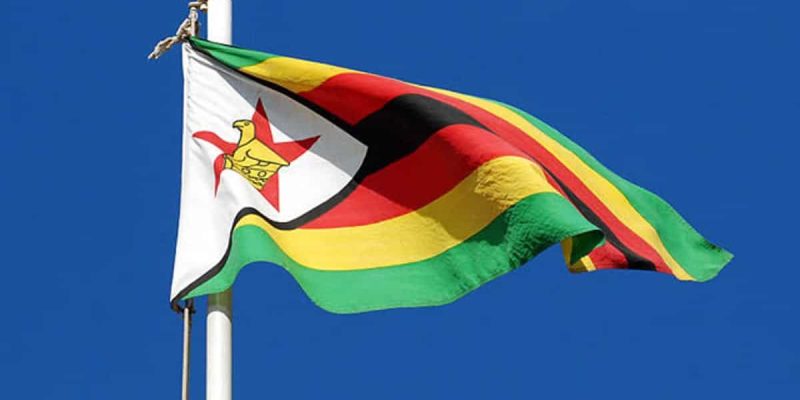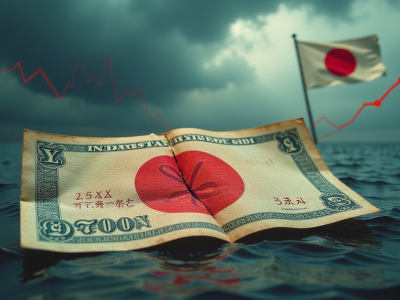
The Zimbabwe ZiG has become one of the worst-performing currencies this year as it lost over 100% of its value, five months after launch.
The USD/ZIG exchange rate started trading at 13.56 and has jumped to 26.33 officially, while the black market rate has soared to 50. This means that the unofficial rate has plunged by over 270%, a trend that may continue.
The collapse was easy to predict
The ongoing Zimbabwe ZiG meltdown was easy to predict, as I warned when it was launched, which you can read here and here.
This price action is also in line with what Justice Malala, the editor of The Day warned at the time. In his article, he pointed out several things that were wrong with the new currency. He wrote:
“Launched with an initial rate of 13.56 to the US dollar, the ZiG will most likely weaken, crash, and collapse just as its five predecessors have done.”
He then added:
“The ZiG can expect the same fate because the kleptocratic, anti-democratic political culture that held sway in the worst days of Mugabe still rules supreme today.”
He pointed to the Mugabe legacy, which he believes was still continuing under President Emmerson Mnangagwa. For example, most of his cabinet members have been in government for decades. He has also named his son to be the deputy minister of finance.
Justice Malala was not the only analyst to caution against the Zimbabwe ZiG. In an opinion piece, Lionel Laurent said:
“The appeal of backing a currency’s exchange rate with gold — in this case 13.56 ZiGs to the US dollar — is rooted in the nostalgic, if not mythical, view of the gold standard of the 19th and 20th centuries as a mechanism that kept money “sound” and inflation low.”
Why the Zimbabwe ZiG has collapsed
For starters, the Zimbabwe Central Bank launched the ZiG currency in April after the previous one collapsed by over 80% this year. ZiG is now the sixth attempt for the bank to have a stable currency.
ZiG was different from the other currencies because it was backed by fiat currencies like the US dollar and gold, initially worth over $185 million.
There are other reasons why the Zimbabwe ZiG has imploded. First, and most importantly, is the confidence among individuals and companies.
Most people in Zimbabwe have lived long enough to see the launch of various currencies with a lot of fanfare only for them to collapse.
When a currency collapses, people immediately see their savings disappear, and inflation rise. Therefore, most people who lost savings in the past will be unlikely to embrace the new currency.
A currency’s stability is mostly based on the confidence of the users. The main reason why the US dollar is the world’s reserve currency is that most people have confidence in the US democratic and justice systems. This explains why most people are uncomfortable saving their money in the Chinese yuan and the Russian ruble.
This confidence issue also explains why currencies like the Turkish lira, Argentine peso, Lebanon pound, and Nigerian naira will likely never bounce back.
Second, the Zimbabwe ZiG has imploded because of the ongoing economic crisis, which has been worsened by the worst drought in years. The UN has attributed this drought to El Nino, which happened earlier this year.
This drought has led to reduced output and more food imports from other countries like Brazil and Russia. These imports are all financed in US dollars, which has led to more devaluation of the local currency.
Zimbabwe ZiG is an untested experiment
The USD to ZIG pair has also surged because the Zimbabwe ZiG is an experiment that has not been tested in other countries.
For an asset-backed currency to work, the country needs to have substantial reserves. For example, Hong Kong has a GDP of over $359 billion, and over $425 billion in foreign reserves.
These substantial sums make it possible for the central bank to intervene in the forex market when the USD/HKD pair makes extreme moves. This explains why many hedge fund managers, including Bill Ackman, have lost money betting against the Hong Kong dollar.
The same is true with Bahrain, which has a GDP of $44.38 billion and $4.3 billion in forex reserves. This means that the country can intervene in the forex market easily.
Zimbabwe ZiG’s challenge is that the government does not have enough gold and US dollars to ensure its stability. In other words, unlike a stablecoin like Tether and USD Coin, you cannot convert you 10,000 Zimbabwe ZiGs into gold or USD on a 1:1 basis.
Therefore, the odds are mostly stacked against the currency, which explains why the central bank faced the reality a few weeks ago. While it has maintained the official exchange rate, the reality is that most activity has been going on in the unofficial market. As a result, the bank decided to devalue the official rate by 43%, a situation that will likely happen again.
The post USD to ZIG: New Zimbabwe currency enters a dark phase appeared first on Invezz












